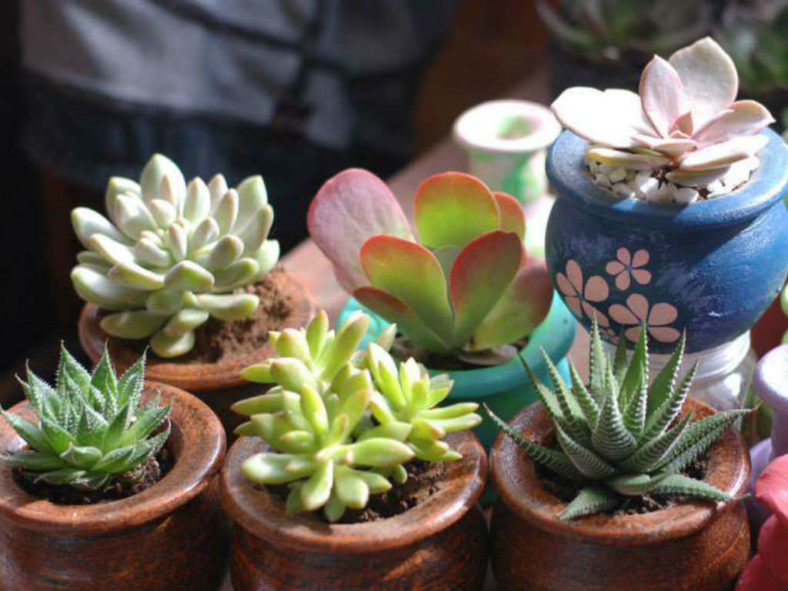Many people prefer succulent plants for outdoor gardens and indoor decoration. For places that experience dry and hot weather, these plants can be excellent choices for growing. Many people have started growing succulents indoors because they thrive in this environment.
Maintaining these plants is very easy, especially when they are grown indoors. Unlike other indoor plants, succulents in pots won't be a lot of trouble. The ones grown in pots will remain perfect because of the smaller space they have in the container. If grown in succulent beds outside, their size will be much larger. However, they may require more water since they will be under direct sunlight. If you're a person who enjoys carefree living or is busy most of the time and loves having plants indoors, then growing succulents in containers is the best option for you. These plants may even produce flowers, which could be your indoor fresh flower bouquet in your house.
Some of the most common succulent houseplants are Burro's Tail, Christmas Cactus, Crown of Thorns, Jade Plant, Panda Plant, Snake Plant, etc. What many people do not know is how to grow succulents indoors. Growing these amazing plants indoors is very easy. With proper guidance and research, you can grow some healthy and beautiful succulents indoors in different containers. You can line them by your stairs indoors, in your kitchen, living room, and other places you like. Succulents may have various colors, and when it's blooming season, your interior will look pretty with all the flowers around. Here are ten tips for growing indoor succulents:

1. The best place to keep your succulents indoors is near the window, especially on the eastern side. The sun rises from the east. In this period, the rays' intensity is less, which will be excellent for the plants. However, keep in mind that excessive sunlight can cause yellow spots on your plant, also known as sunburn.
2. Many people would think they have to provide a lot of water to the succulents. However, just like any plant, watering succulents should be kept in the normal range. Between the watering periods, the soil should be dry so that the succulents can grow well. Moreover, during the winter season, when most of them are dormant, they should be watered only once a month.
3. Undoubtedly, the glass containers or pots look very pretty. However, they are not recommended for planting succulents because the glass container does not allow water to drain or evaporate. However, the clay pots or containers can help moisture evaporate or excess water drain. Succulents do not like sitting in soggy or damp soil, and they require a normal moisture content or regular watering.
4. There is hardly a chance you may get bugs in your small indoor plants, but if, by chance, you do, avoid using the chemical because they are kept indoors, which can be hazardous to your health. Instead, make a solution of diluted alcohol, water, and dish soap liquid to kill the bugs. Bugs are usually attracted to succulents with moist and soggy soil.
5. Add fertilizer to the indoor succulent plants only once a year.
6. Many people are unsure how to grow succulents indoors and what type of soil to use. Unlike other plants, they do not prefer the same soil. The soil needed for the succulents should be well-draining and porous.
7. If you have kept the succulent plant in a place that does not receive any sunlight, then you might have to move your plants on at least a weekly basis outside so that they can get some sunlight to grow better.
8. Avoid using chemical-based liquid fertilizers and sprays on indoor succulent plants. Not only will it ruin the plant, but it can also be hazardous for you.
9. You can trim succulent plants only once a year. If kept in small containers, they might not even need any trimming.
10. Succulents can withstand both hot and cold temperatures. Therefore, you do not have to worry about the season change.
Source: theselfsufficientliving.com
Links
- Succupedia: Browse succulents by Scientific Name, Common Name, Genus, Family, USDA Hardiness Zone, Origin, or cacti by Genus